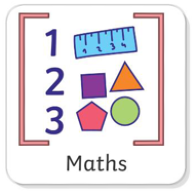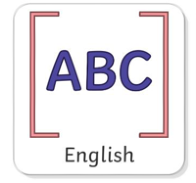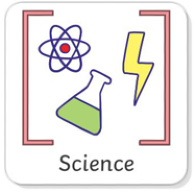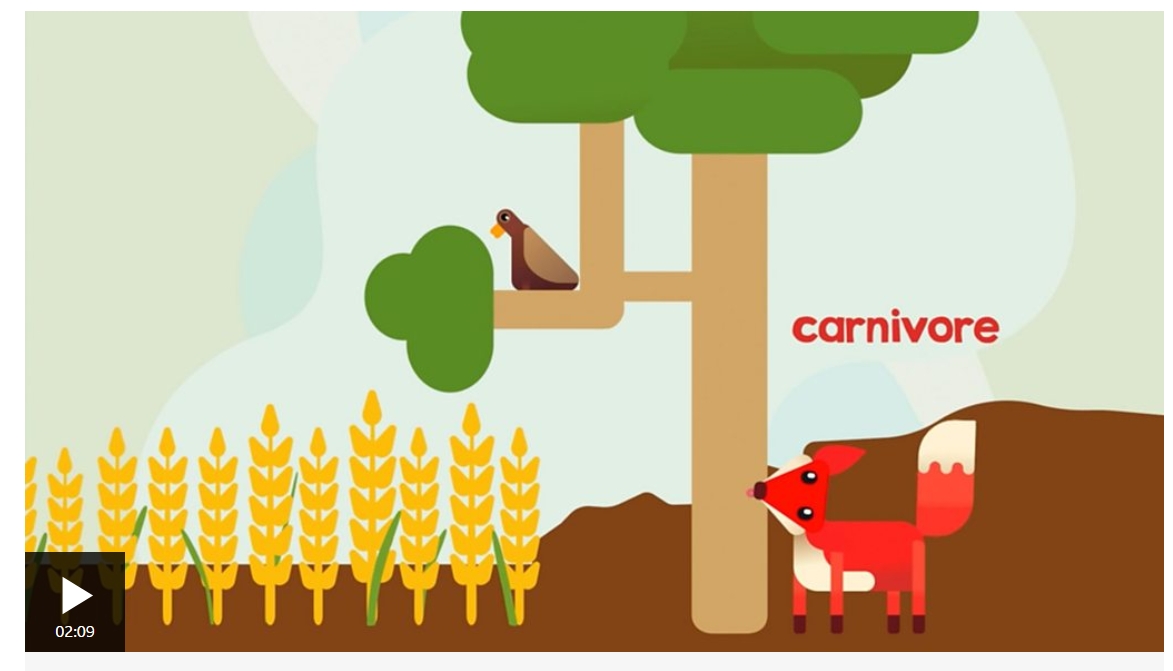Tuesday
To be able to compare the mass of three objects and use the appropriate vocabulary.
Let’s try the guided practice together.
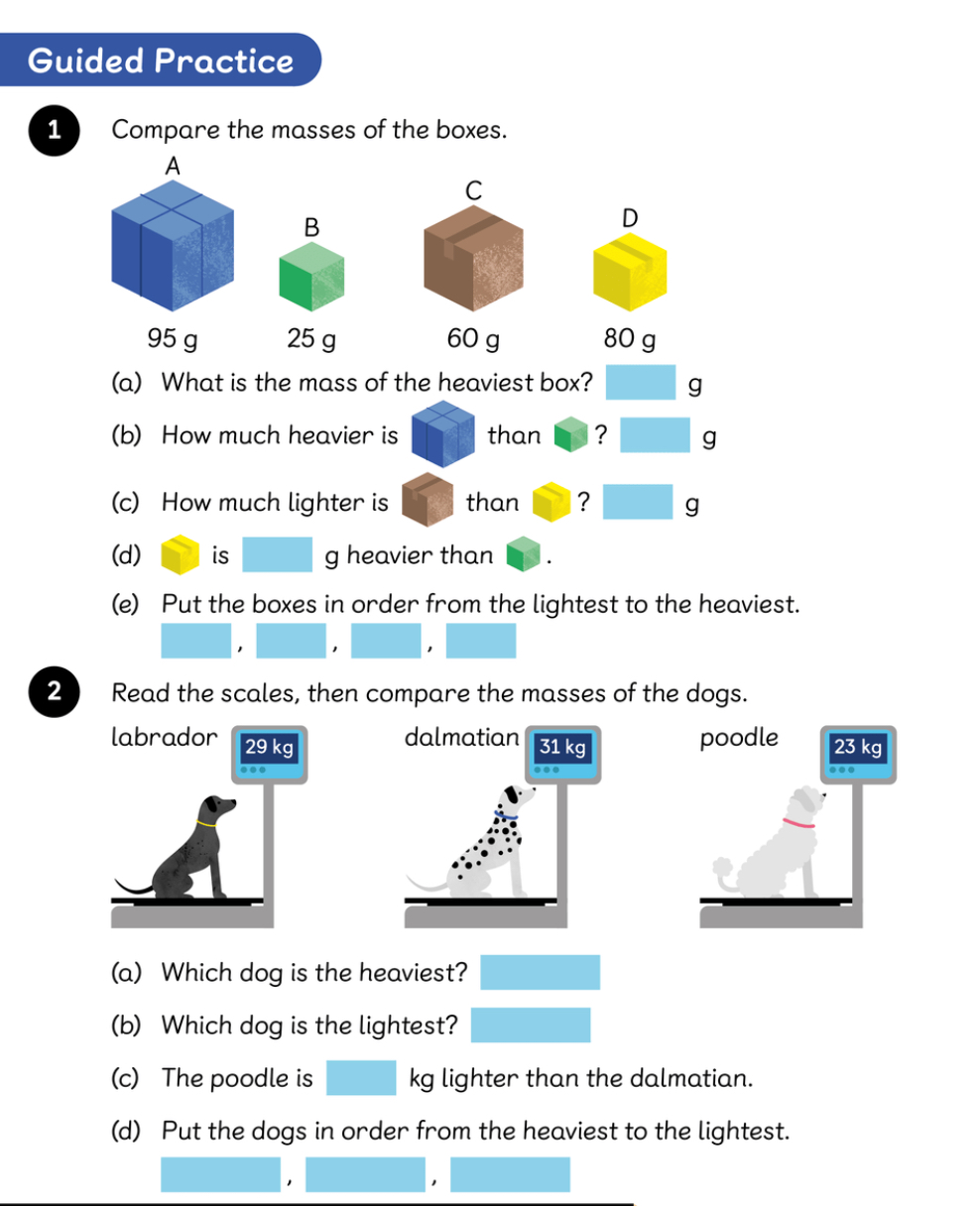
Turn to page 149 and 150.
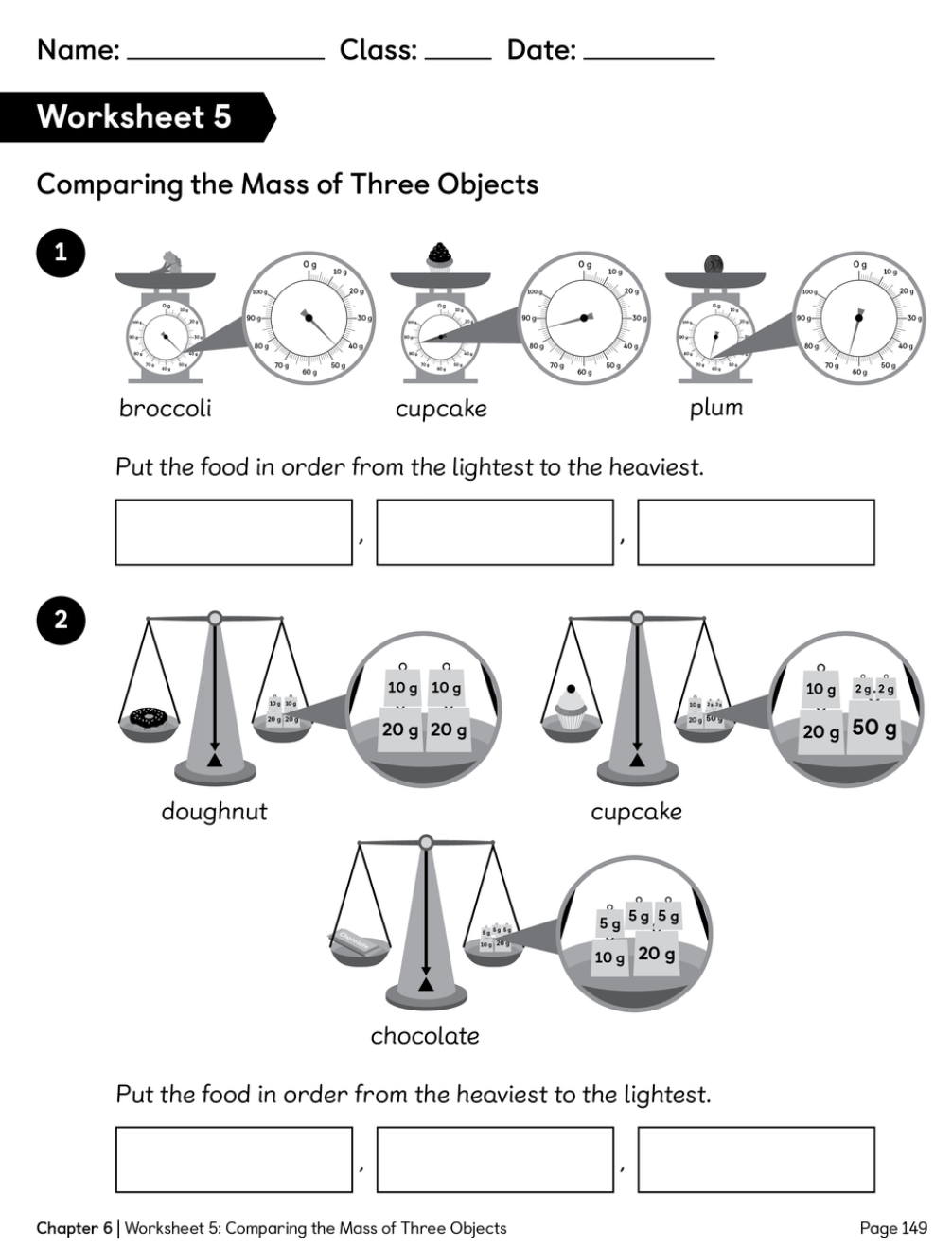
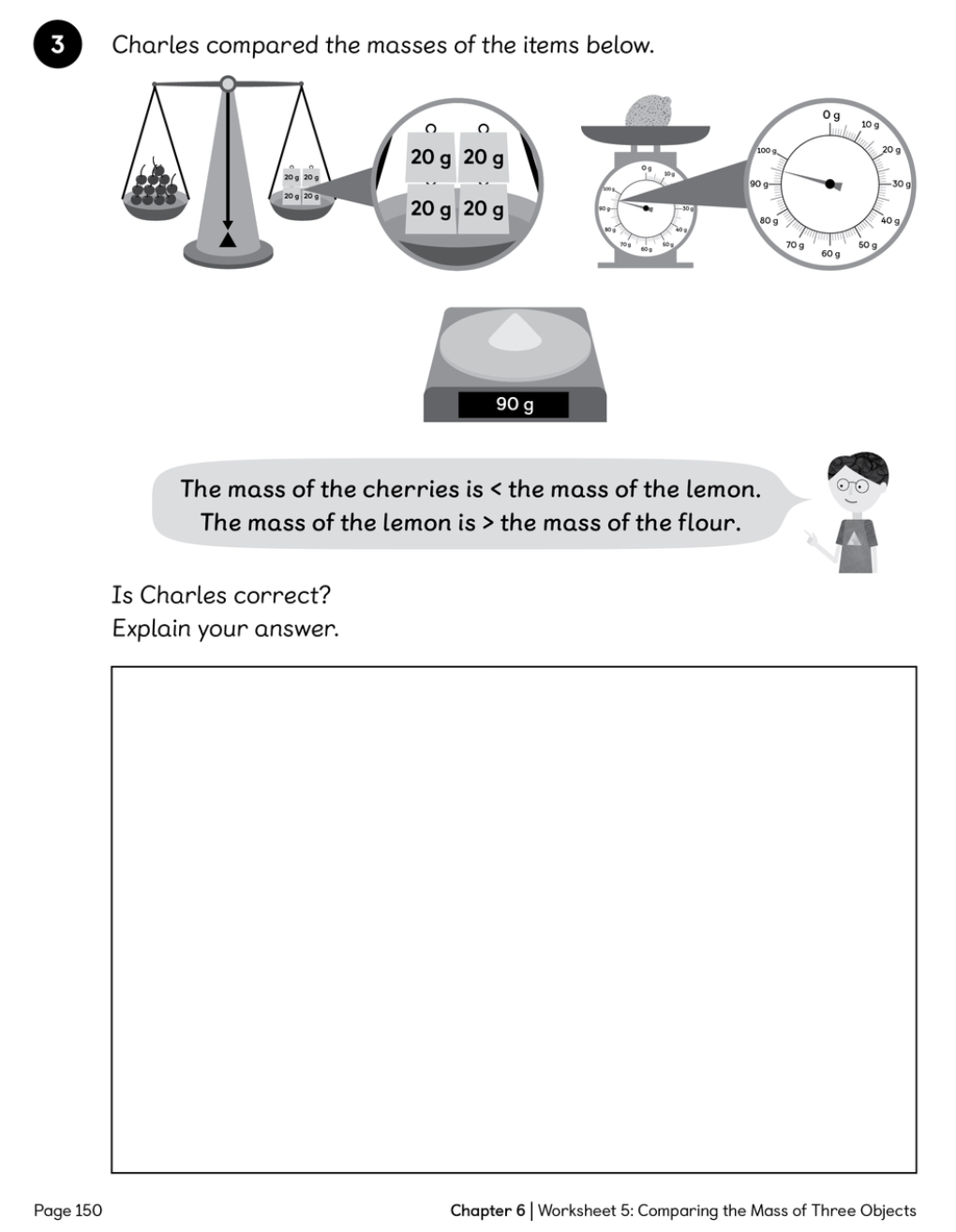
Use present tense for non-chronological reports.
We are going to use the notes we made last week to write full sentences in a paragraph.
Think about how you can use the knowledge you have gained in Year 2 to improve your writing.
We will be looking for:
- capital letters and full stops
- present tense verbs
- subheading
- vocabulary linked specifically to owls
- sentences that make sense
Can you describe how animals obtain their food from plants and other animals, using the idea of a simple food chain, and find and name different sources of food?
Talk to your partner and come up with as many similarities and differences as you can , think about:
- appearance
- what they do
- where they might be found
Decide which one is the odd one out and why. There is no wrong answer!
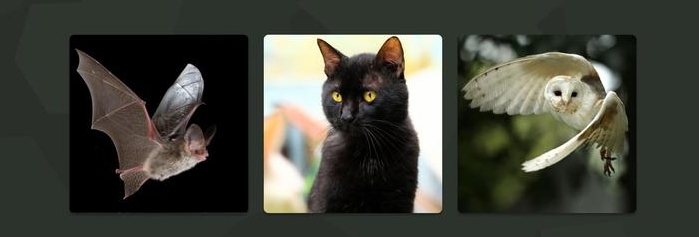
Animals and plants depend on each other to survive. For example, worms depend on plants because they feed on dead leaves, but plants depend on worms who make the soil healthy by digging holes and allowing air in. Birds also need worms because they eat them.
We know that living things need energy and they get this energy from food. A food chain shows how energy is passed between plants and animals.
Producers and consumers
Plants get their energy from the Sun. They are called producers because they make their own food.
Animals are called consumers because they eat plants and other animals. They do not make their own food.
Animals that eat other animals are called predators. The animals they eat are called prey.
Look at the pictures. Talk to your partner about a food chain you could create.
Remember all food chains start with the sun.
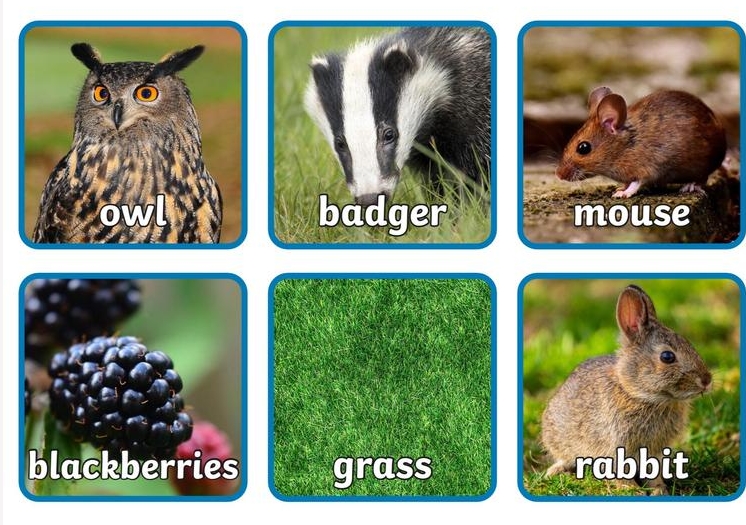
Use the animals to create your own food chain, then take a picture of it on Seesaw.

